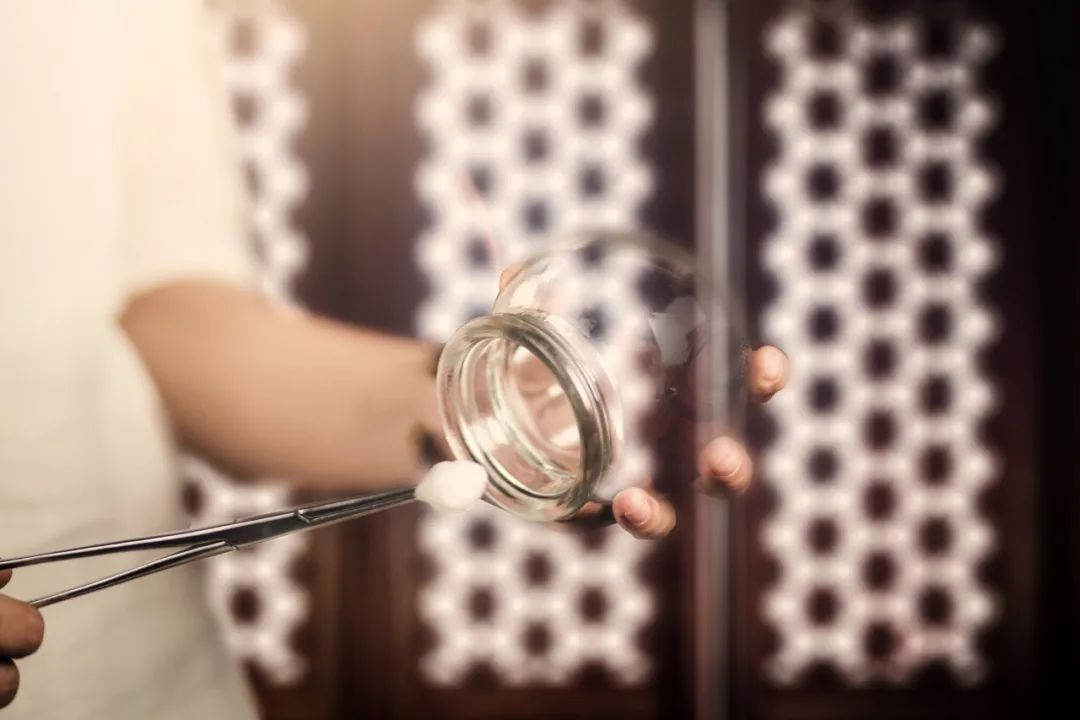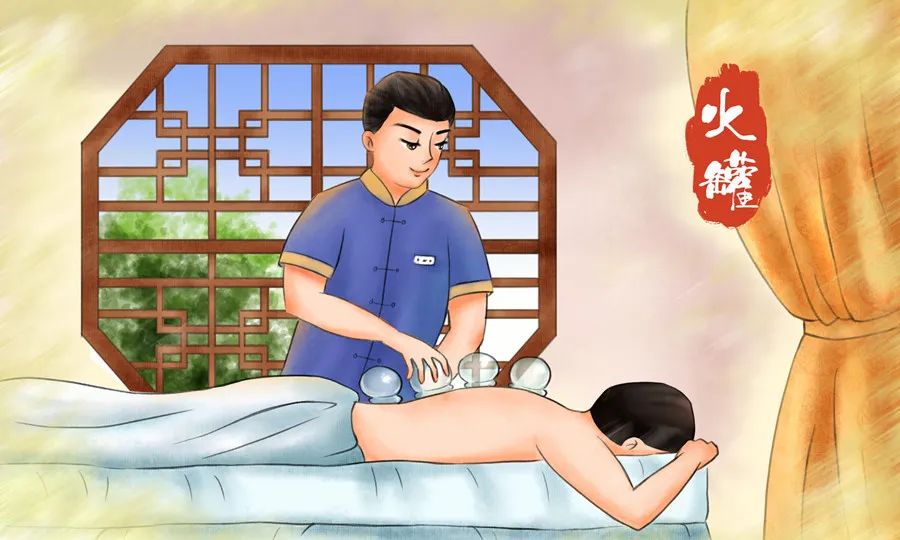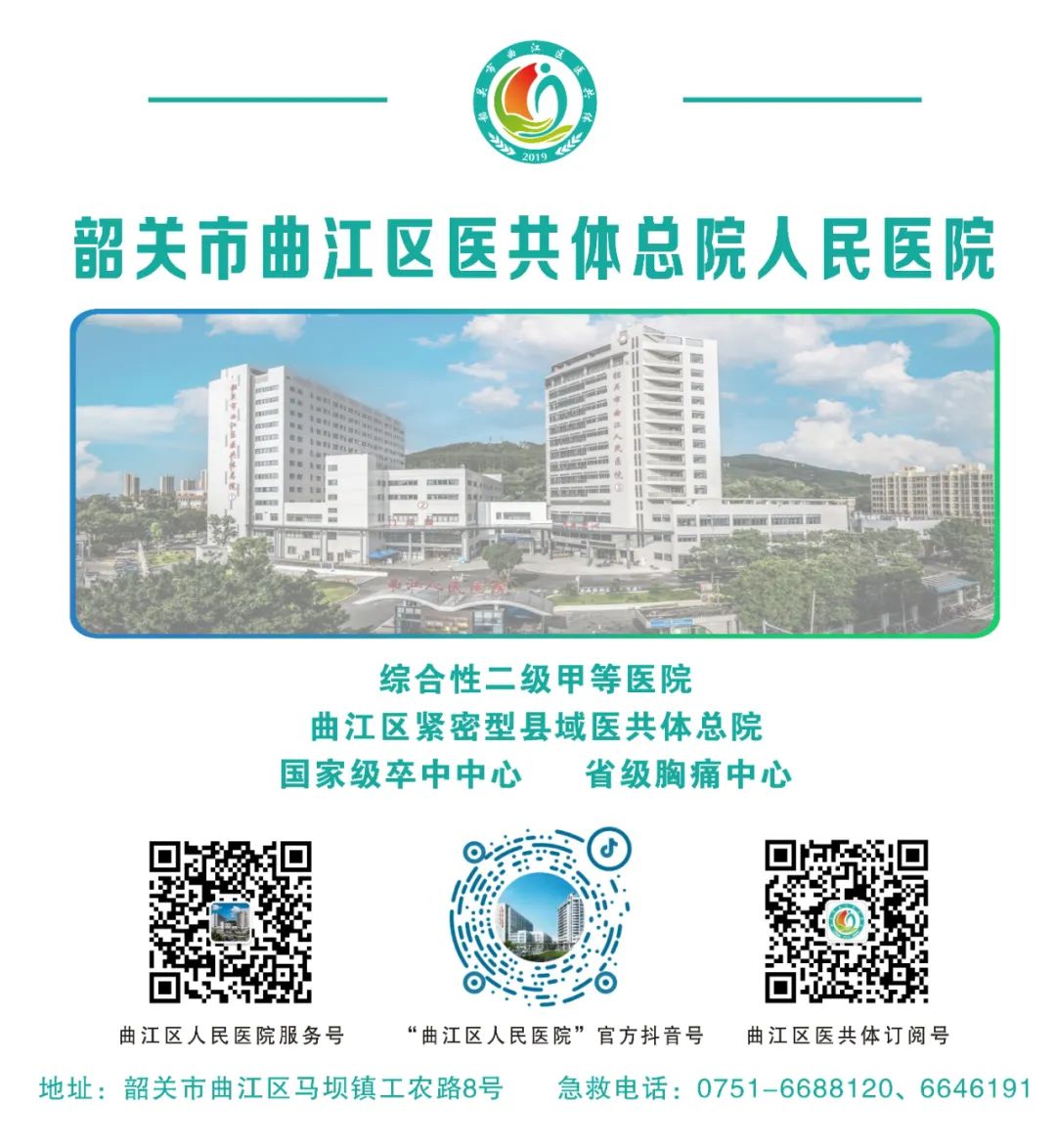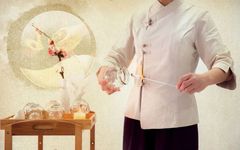


Cupping therapy is a traditional technique in Traditional Chinese Medicine (TCM) that uses cups as tools to create a vacuum by burning air or suctioning out air, allowing the cups to adhere to acupuncture points (腧穴, zhuyue) or specific areas of the body. This causes local skin congestion and bruising to achieve the purpose of preventing and treating diseases.
The cupping therapy, also known as “suction cup therapy” (吸筒疗法, xitong liaofa), was historically referred to as “horn method” (角法, jiaofa). Depending on the severity of the patient’s condition, cupping can be categorized into methods such as flash cupping, moving cupping, stationary cupping, and needling cupping.



 History of Cupping
History of Cupping



The earliest record of cupping can be found in the “Fifty-Two Disease Formulas” (五十二病方, Wushier Bingfang), written during the Warring States period: “For hemorrhoids located beside the orifice, if large like a jujube, or small like a jujube pit, use the horn method to treat them.” This describes the use of the “horn method” to treat hemorrhoids, including the use of tools, operation sites, suction methods, and duration, which aligns with the four essential elements of cupping therapy, marking the earliest documentation of using negative pressure to treat diseases.
In the “Emergency Formulas for Elbow Injuries” (肘后备急方, Zhouhou Bei Ji Fang) by the Jin dynasty physician Ge Hong, there is also a record of the horn method. The horn method refers to the external treatment method using hollowed animal horns to suction out pus from sores.
During the Tang dynasty, Wang Tao compiled the “Essential Secrets of External Medicine” (外台秘要, Waitai Miyao), which introduced the use of bamboo tubes for cupping therapy, stating: “…take a bamboo tube about three fingers wide and one and a half inches long, leaving one end with a node, and the other end shaved thin like a sword. Boil this tube several times, and when hot, press it on the ink spot for a long time. Then, use a knife to puncture the suctioned area, and boil the tube again to extract yellow, white, and red fluids, and sometimes pus or worms, repeating this until all harmful substances are expelled, resulting in clarity and lightness of the body.”
In the Qing dynasty, Zhao Xueming’s “Compendium of Materia Medica Supplement” (本草纲目拾遗, Bencao Gangmu Shiyi), Wu Shangxian’s “Literary Works of the Medical School” (理瀹骈文, Liyu Pianwen), and “Essential Techniques of Surgery in the Medical Canon” (医宗金鉴外科心法要诀, Yizong Jinjian Waike Xinfa Yaojue) provided clearer descriptions of the origin, usage, and indications of fire cupping in China.




 Effects of Cupping
Effects of Cupping



Cupping acts on the skin surface, adjusting the functions of the internal organs (脏腑, zangfu), meridians (经络, jingluo), and the flow of qi (气, qi) and blood (血, xue) as a whole. It helps to strengthen the body’s defenses, expel pathogens, and balance yin and yang. Cupping therapy produces effects such as promoting qi and blood circulation, relaxing muscles and tendons, reducing swelling and pain, and dispelling wind and dampness, providing a beneficial stimulus that encourages the body to restore normal function.
Balancing Yin and Yang
Cupping harmonizes yin and yang through the combination of acupuncture points and cupping techniques. For example, if the condition is on the meridians or superficial layers, light cupping is recommended; if it is on the muscles and bones, heavier cupping is appropriate. The adjustment of yin and yang balance through cupping is bidirectional; for instance, in cases of unstable blood pressure, low blood pressure can be raised, while high blood pressure can be lowered.
Activating Blood and Resolving Stasis
“Where there is flow, there is no pain; where there is pain, there is no flow.” When muscles, tendons, or bones are injured, local bruising can occur, obstructing the flow of qi and blood in the meridians. If the stasis does not resolve, pain will persist. In such cases, cupping on the corresponding acupuncture points can eliminate the stasis, generate new blood, and restore the flow of qi and blood, achieving the goal of “where there is flow, there is no pain.”
Clearing Heat and Reducing Swelling
According to the TCM principle of “heat causes disease,” the stimulation from cupping can expel heat pathogens, achieving the goal of clearing heat by allowing internal yang heat to reach the surface and ultimately be expelled from the body, thus clearing internal stasis heat and toxins.
Harmonizing Internal Organs
Cupping therapy creates a negative pressure suction effect on the local acupuncture points, causing changes such as congestion and bruising at the surface. These acupuncture points are connected to the internal organs through the meridians, thus treating various organ diseases.




 Indications for Cupping Therapy
Indications for Cupping Therapy



The indications for cupping therapy are broad and can treat:
1. Common internal diseases such as colds, coughs, stomach pain, and indigestion;
2. Orthopedic diseases such as cervical spondylosis, wry neck, lumbar disc herniation, lumbar muscle strain, shoulder periarthritis, and rheumatic pain;
3. Gynecological diseases such as menstrual disorders, dysmenorrhea, and mastitis;
4. Dermatological diseases such as shingles and eczema;
5. Otorhinolaryngological diseases such as toothache, temporomandibular joint disorder, and sore throat.




 Precautions for Cupping
Precautions for Cupping



1. Identify body constitution. Individuals with weak constitutions should avoid cupping, as it may worsen symptoms. During cupping, avoid direct wind exposure to prevent invasion of pathogens. For those adjusting internal dampness, it is recommended to choose the time when yang energy is rising in the body, specifically between 9:00 AM and 12:00 PM.
2. For individuals who are overly weak, it is advisable to choose the afternoon for cupping and to avoid contact with cold water within 24 hours after the treatment.
3. If blisters occur after cupping, small blisters (less than the size of a mung bean) generally resolve on their own; larger blisters (greater than the size of a soybean) can be disinfected and punctured to release fluid, applying burn ointment and keeping the area clean and dry. Severe cases should seek medical attention.




 Judging Body Constitution by Cupping Marks
Judging Body Constitution by Cupping Marks




After cupping, the color of the marks on the skin varies for each person. Did you know that the skin color after cupping can help diagnose body constitution?
1. Healthy individuals should have a rosy complexion after cupping;
2. If the color is dark, it indicates a significant presence of cold pathogens in the body;
3. If the color is purple, it indicates the presence of both cold and dampness in the body;
4. If dark purple spots appear, it indicates the presence of blood stasis in the body;
5. If the color is reddish, it indicates the presence of damp-heat in the body.




 Six Common Misconceptions about Cupping
Six Common Misconceptions about Cupping



Many people particularly enjoy cupping therapy, believing it can treat any ailment, which is actually incorrect. Here are six common misconceptions about cupping therapy.
Misconception 1: Cupping is suitable for everyone
Not everyone can undergo cupping therapy. Individuals with excessively weak constitutions may become weaker after treatment due to the energy depletion involved. Elderly patients with heart disease should be particularly cautious, as the negative pressure during cupping can cause pain stimulation throughout the body, potentially triggering heart conditions.
Misconception 2: It is okay to shower immediately after cupping
Many people like to take a shower after cupping, thinking it feels comfortable; however, this is incorrect. After cupping, the skin has bruising, and the pores are open, especially with cold showers, which can easily lead to cold invasion. The correct time to shower is 1-2 hours after cupping, and the water temperature should be slightly higher.
Misconception 3: Cupping can be done on any part of the body
Many believe that cupping can be applied wherever discomfort is felt, which is incorrect. Cupping should not be performed on the heart apex area. Areas with skin burns, ulcers, infections, or tumors should also be avoided. Pregnant women should avoid cupping on the lumbar and abdominal areas to prevent miscarriage.

Misconception 4: The longer the cupping duration, the better
Many believe that the longer the cupping duration, the better the effect, even thinking that the appearance of blisters indicates effective cupping. This is also incorrect. Prolonged cupping can lead to blisters, which not only damage the skin but may also cause infections. Generally, in clinical practice, cupping is left for 20-30 minutes to induce blistering, but under normal circumstances, it is appropriate to leave the cups for about 10-15 minutes.
If prolonged cupping leads to blistering, small blisters do not require treatment and can be left to absorb naturally; larger blisters should be punctured by a doctor to release the fluid, applying burn ointment and covering with a disinfected dressing to prevent infection.
Misconception 5: Repeated cupping on the same spot is necessary
Some believe that repeated cupping on the same spot is necessary for effective treatment. However, this can damage the skin, causing redness, swelling, and even infections, which is counterproductive.
Misconception 6: Cupping can cure all diseases
The “Acupuncture and Moxibustion” (针灸学, Zhenjiu Xue) textbook states that cupping is suitable for conditions such as low back pain, neck and shoulder pain, wind-cold-damp obstruction, soft tissue strains, asthma, cough, stroke sequelae, shingles, colds, and limb pain and numbness, among others. While cupping has a wide range of therapeutic applications, claiming it can cure all diseases is an exaggeration.
For pain-related conditions, it is essential to first identify the underlying cause of the pain. If the pain is due to chronic diseases or muscle tension, such as lumbar muscle strain, cupping may not be effective.
It is important to note that individuals with spontaneous bleeding tendencies, high fever, or convulsions should avoid cupping. Such patients should seek medical attention promptly to avoid delaying treatment.


 【Source: This content is compiled from the China Traditional Chinese Medicine News, Capital Medical University, Shanghai University of Traditional Chinese Medicine, etc.
【Source: This content is compiled from the China Traditional Chinese Medicine News, Capital Medical University, Shanghai University of Traditional Chinese Medicine, etc.


